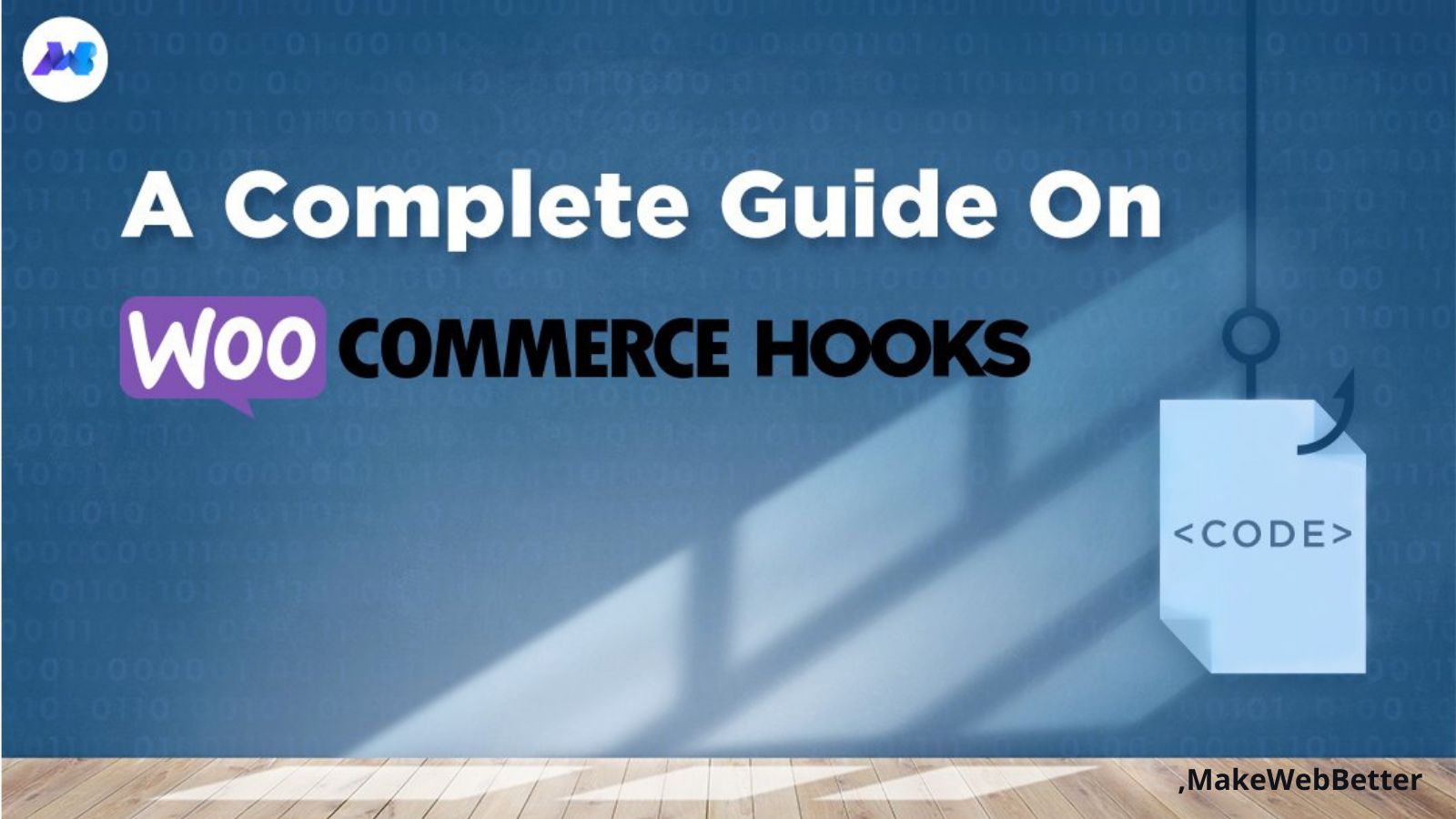10 Content Planning Tools To Simplify Content Marketing
Business can be rough, and content marketing is one of the race tracks where that becomes obvious. Over the last few years, you could watch competitors go from a gentle […]

Business can be rough, and content marketing is one of the race tracks where that becomes obvious. Over the last few years, you could watch competitors go from a gentle walk to sprints. Since the advent of artificial intelligence, it can sometimes feel like there’s just a swoosh of color passing by.
If you’ve struggled to keep up with that pace in content production, it could be because you don’t have the right tools, and that can lead to disorganization, missed deadlines and inconsistent quality or content creation.
We’d like every content brief to flourish, so here’s our plan for planning. We’ll hand you all the background information, the right content planning software and some best practices for sharing relevant content. That’ll give you everything for a quick and easy start. Sound good? Let’s get started!
Why Do You Need Content Planning Tools?
Aren’t content planning tools just more things marketers tell you to buy so they can put additional items on your never-ending to-do list (or bill)? Well, we’re obviously biased, so let’s consider this scenario.
Imagine you’re working on a delicious sandwich, but you want to set yourself apart from all the avocado toast aficionados. You get three kinds of cheese, micro greens from that store next door and you make your own umami seasoning blend. You can already envision that Michelin star, except now, you try to assemble your masterpiece in a driving food truck, blindfolded, with no other tools than a meat mallet. Would you expect Gordon Ramsay to grow green with envy of your results?
Probably not, but that’s a bit of what it’s like to create and publish content without planning tools. Sure, people might enjoy watching what you do, but maybe that’s because you’ve got cheese in your hair.
Just like with sandwiches, you’ll find a lot of people having a go at content marketing. Some draw applauding crowds, others fail to retain even their most loyal customers or express their unique value proposition in a social media post. Sometimes, the reasons behind those issues are obvious. Once you have to plan for the content creation process, managing it without the right planning tool simply becomes infeasible.
You’re still trying to copy-and-paste website content between application windows while your competitors have already put their social media plan and Google Analytics on autopilot. It doesn’t all come down to superior technology, though. The best content planning tools might enable efficient production workflows, but quite often, they also help your content team collaborate and communicate, which can make for significant time savings.
The same goes for cluttered and disorganized marketing collateral or keyword research data. If you’re using more than one marketing channel, be it a newsletter or a social media platform, tracking data is just a nightmare without tools designed to aggregate and visualize metrics.
Let’s not forget what all those technical issues will do to your team members trying to gather content. Yes, they’ll be overwhelmed by manual tasks and struggle to identify your target audience or respond to reputation-damaging comments online. Most likely, they’ll have a hard time keeping your branding consistent, let alone reporting on your content plan’s ROI. What’s worse, though, is that this feeling of stagnation and overload carries over into other tasks, causing a creative rut or a lax attitude toward compliance and security risks. Now, we wouldn’t want you to worry about security any more than we would want cheese in your hair.
So, let’s crack the code and see which tools are right for the job, letting every content creator on your team shine.
The Top 10 Tools for Your Content Planning and Marketing Needs
We’ve got the “Why.” Now, let’s cover the “What.” Choosing a content planning tool will determine and shape your production schedule and workflow for years to come, so this is no choice you should take lightly. Still, we know there’s usually a binder worth of features to dig through, so let’s just boil it down to the essentials.
Here’s our roundup of the top-notch tools in the industry, and our reasoning for picking each one.
Brafton’s Content Marketing Platform
Brafton’s Content Marketing Platform is a powerful marketing performance tool created to simplify your entire marketing strategy thanks to its strong focus on transparent, visualized workflows. You can practically follow along as your content is produced. All dates, attachments and exchanges are documented within the platform so that everyone is aligned on your marketing strategy down to the last detail.
Unique Features:
Fully customizable workflow templates for each of your projects.Pre-built dashboards for visibility into every project’s details.Digital asset management, content calendar and more project management tools.Pricing: $100/month for up to 50 users.
Best for: Medium-to-large enterprises searching for an all-in-one content marketing solution with a talented team in the background.
Say “bye” to spreadsheet calendars
And “hi” to smarter planning with the Brafton Platform.

Thank you! We’ll be in touch with you about setting up your free demo.
Monday.com
While not a dedicated marketing platform, Monday.com is a versatile project management tool that can integrate with other applications and gather information in customizable workflows and dashboards for visual project tracking. If you’re still looking for more flexibility in managing more than just your marketing, the platform’s ability to include everything from software development to customer relationship management can be a big plus.
Unique Features:
Highly customizable templates and workflows for all departments.Automation features and app integration to streamline task management.Collaboration tools for internal and external stakeholders.Pricing: Plans start at $9 a seat/month, with a free tier available.
Best for: Teams of all sizes looking for a flexible project management tool able to map processes across departments.
Smartsheet
Like Monday.com, Smartsheet is a powerful project management tool, even though its spreadsheet-like interface can sometimes provide more in-depth information. It also allows for custom workflows, whether for human resources, finance or marketing. When it comes to content marketing, Smartsheet has a few tricks up its sleeve, like a detailed change history, proofing and content collaboration features and account-level reporting.
Unique Features:
Detailed task hierarchies and multi-level sorting capabilitiesChange historyDedicated workflows for proofing and content collaborationPricing: Plans start at $7 per user/month, with a free tier available.
Best for: Businesses that prefer a spreadsheet-like interface with more fine-grained filtering options for managing content planning and other projects.
Desk-Net
Desk-Net is a content planning and editorial calendar software designed for publishers, content managers and editorial teams. It helps manage cross-platform publishing schedules, streamline content workflows and visualize task management. While the software does integrate with online platforms like WordPress, Slack or Zapier, it’s still firmly anchored in print media, as you can tell by its integrations for messages from news agencies or press invitations.
Unique Features:
Integration with otherwise rarely considered platforms like Drupal, Livingdocs or WoodWing.Wire Feeds feature to quickly turn press invites into calendar items and assigned tasks.Visual theme-planning and content management tool with assignees, deadlines and tagging.Pricing: Plans start at $250/month for up to 5 users, with higher tiers supporting over 60 users. If you choose the yearly subscription, you can save 10%.
Best for: Editorial teams in online marketing, print media or PR looking for a robust tool to manage multi-platform publishing schedules.
Asana
Asana is a popular project management tool that helps teams organize and track their work across departments. While it’s similar to tools like Smartsheet in terms of functionality, it’s often preferred by smaller organizations because its free basic plan already lets you work with 15 team members, compared to one user and two editors for Smartsheet. Some loyal users also prefer Asana because of its more visual and user-friendly interface on desktop and mobile devices.
Unique Features:
Visually appealing and customizable templates for content planning.Project timelines and Gantt charts for progress tracking.Collaboration features for team communication and document sharing.Pricing: Free for basic use (up to 15 seats), with premium plans starting at $10.99 per user/month.
Best for: Smaller teams or those seeking a user-friendly tool for task management and content planning with strong collaboration features.
MarketMuse
MarketMuse is an AI-driven content planning and optimization platform that helps content marketers (including the Brafton team) produce high-quality, SEO-friendly content. It offers insights into content strategy, competitive analysis and content optimization. You can use it for everything from a basic SEO tool to a full-on editorial tool for link recommendations, content briefs and topic management.
Unique Features:
AI-driven content research and SEO analysis.Export functionality for Word, Excel and Google Docs.Domain analysis and link recommendations.Pricing: Free for basic use (10 queries/month), with premium plans starting at $149/month for 1 user.
Best for: Content marketers and SEO professionals focused on creating data-driven, optimized content strategies.
Trello
Trello is a visual project management tool that uses boards, lists and cards to organize tasks and projects. While it’s not a dedicated content planning tool, its integration with platforms like Mailchimp or Hootsuite can give teams a streamlined overview of their schedule. Thanks to task automation and a range of views to choose from, Trello is highly flexible and user-friendly, making it a great choice for simple content planning and collaboration workflows.
Unique Features:
Visual boards for organizing content tasks and projects.Built-in automation with Butler.Integrations with various apps for enhanced functionality.Pricing: Free for basic use (measured by boards), with team plans starting at $5 per user/month.
Best for: Small teams and individuals looking for a simple, visual tool for content planning and task management.
Hootsuite
Hootsuite is a comprehensive social media management tool that enables scheduling, publishing, monitoring and analyzing social media content. It’s ideal for teams needing to manage multiple social media accounts efficiently, which is why it’s often used as a supplement to other platforms that lack detailed social media capabilities.
Unique Features:
Social media content scheduling and publishing, including AI content creation features.Analytics for tracking social media performance and best times to post.Streamlined team collaboration and approval workflows.Pricing: Plans start at $99 per month, with team and custom enterprise plans available.
Best for: Social media managers and teams looking to streamline their social media planning and analytics.
CoSchedule
CoSchedule is a marketing project management platform that combines content planning, social scheduling, workflow management and analytics. It’s designed to help marketers stay organized and execute their marketing strategies effectively. With calendar views, customizable Kanban boards, team dashboards and detailed controls and request forms for permission and approval workflows, it flexibly adapts to each marketer’s individual rhythm.
Unique Features:
Integrated content calendar for planning and scheduling content, events and campaigns.Social media scheduler with templates, automation and reports tailored to every platform.Digital asset management to organize brand assets from one universal library.Pricing: Free for basic use (up to 2 social profiles), with team plans starting at $19 per user/month.
Best for: Marketers and content teams looking for an all-in-one platform to manage their social media strategy, brand assets and content plans.
Canva Pro
Canva’s Content Planner is actually just one feature within its platform that allows users to schedule social media content directly from the Canva interface. What this one may lack in detailed content planning workflows, it makes up for in integration with Canva’s premium content library, templates and brand kits, let alone its image editing tools.
Unique Features:
Designing, drafting and direct scheduling of social media posts within one interface.Integration with Canva’s design tools and AI features for copywriting and image editing.Convert presentations and whiteboards to blog posts, emails or social media posts.Pricing: Free for basic use, with a professional plan for $12.99/month for one person.
Best for: Solopreneurs and individuals already using Canva for content creation who also want a simple way to plan and schedule social media content.
Best Practices for Content Marketing and Planning
OK, you’ve got your content planning tools, now it’s time to dive into the nitty-gritty.
First off, take a big sheet of paper, a chalkboard or whatever else is handy. Write down measurable goals for your content strategy. While that may feel uncomfortable or seem unnecessarily elaborate, trust us, you’ll need it. You don’t want to jump all over LinkedIn only to find that your customers aren’t there, and you don’t want to set yourself up for a publishing schedule your own team can’t keep up with.
Concrete goals help you focus your efforts on what truly matters, whether it’s boosting your engagement, increasing traffic or generating leads. Besides that, they will make your life way easier when you work with content planning tools. The more detailed your goals, the better they can deliver. Remember, a goal without a measure is just a wish. We’re not blowing out a birthday candle; we’re creating a content marketing strategy.
Your Organizational Secret Weapon: Maintain a Content Calendar
We’ve mentioned the various ways in which the tools above include content calendars to cater to different tastes and audiences. You do you, but no matter what you choose, you should have some type of content calendar.
If you go from New York to Los Angeles, you’ll likely bring along a map, whether it’s digital or not. And just like the map, a content calendar brings organization and visual orientation to your content strategy, ensuring you’re publishing quality content at the right time.
Plus, it’s a great way to make sure you’re not just posting “trendy” content that came to you but that you’ll continuously investigate trends and track your results. After all, you’ve invested a lot of time in that calendar, you want to see it pay off.
The Marie Kondo of Your Strategy: Regular Content Audits
Every now and then, it’s essential to audit your content to assess what has brought repeatable results, what sparked joy with your audience and what flopped.
Whether you use traffic, engagement or a detailed sentiment analysis, you want to take your time and be completely honest with yourself. Content audits are not about patting yourself on the back (although they can be); they’re supposed to show you the good, the bad and the ugly. That may be uncomfortable, but it’s also unavoidable.
If your content calendar gives you the schedule, audits hold you accountable and help maintain your standards. That way, you can serve your audience with more fine-grained content tailored to their needs and interests rather than just posting more. Hoarding is never pretty, not even when it’s digital.
Diversify Your Content Types and Channels To Reach a Broader Audience
If content is king, variety is the queen who keeps things interesting. Diversifying your content types and channels ensures you’re reaching a broader audience. Blogs, videos, podcasts, infographics — mix it up!
To go back to our food truck analogy, this is like making sure you’re giving your customers a balanced diet and a great-tasting meal.
By the way, if we say “content,” don’t just think of the stuff you put on your content calendar. If your plan includes strategies for social listening and customer engagement, guess what? That’s content too! Whatever you do, make sure your online profiles don’t look like deserted Western scenery. Once clients notice you’re actively posting and engaging with them, they’ll keep coming back for more.
Wrapping Up: Elevate Your Social Media Game
Are you still here? We thought you were already off and posting away. Anyway, now, you should have everything you need to assess your business and content marketing needs. Get into the game!
And if you’re curious about the inner workings of Brafton’s platform or would like some help setting up your next campaign, our expert team is here to help.

 Astrong
Astrong 







![B2B & B2C Instagram Marketing Trends of 2022 [Data from 500 Marketers]](https://blog.hubspot.com/hubfs/instagram%20marketing%20trends%202022-1.jpg#keepProtocol)
























